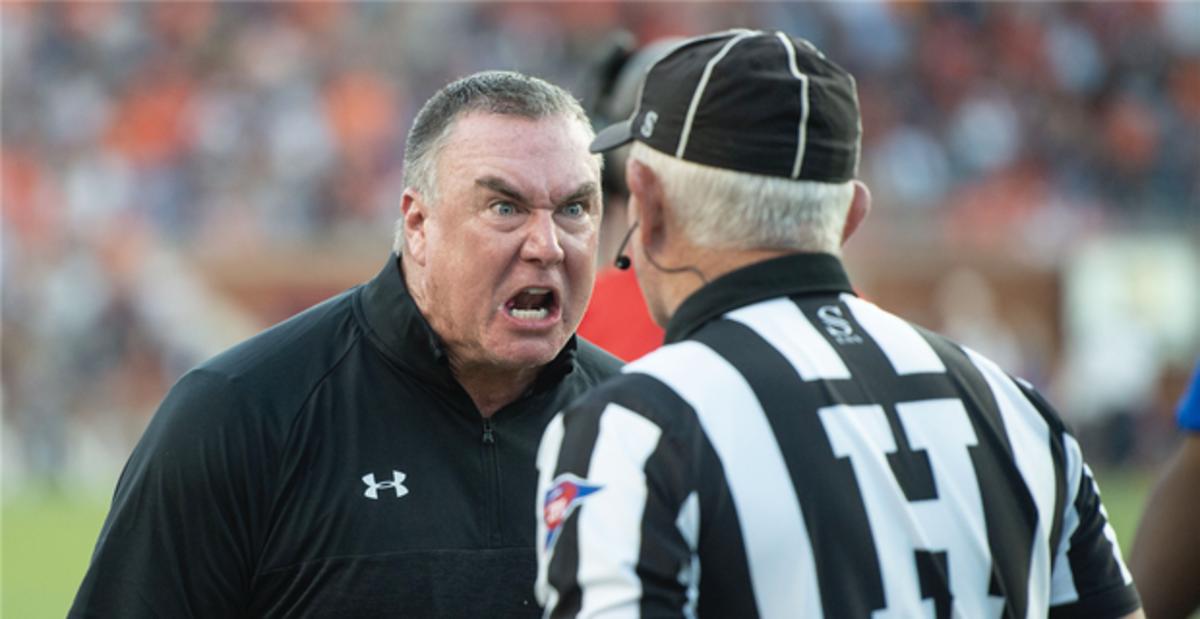College football rule changes for 2022 season: Targeting, fake injuries addressed

The college football season is around the corner, making this a good time to get caught up with the rule changes brought about by the NCAA for 2022.
College football rule changes for 2022 season

Targeting: Still one of the most talked-about issues in the game pertains to the rule preventing players from using their head to hit another player above the shoulders.
- Targeting still carries a 15-yard penalty and the ejection of the guilty player, and those ejected in the second half of games have to sit out the first half of the next game.
- But now there's a twist: the conference office can now request a review from the national coordinator of officials for a second-half targeting penalty.
- If it's clear the player was wrongly flagged, that player can be cleared to play in the first half of his team's next game.
Fake injuries: The NCAA announced it was concerned with the practice of faking injuries, especially as the pace of college football increases with more up-tempo offenses being played.
- Schools and conferences can report injuries they believe were faked to the national coordinator of officials, who will provide feedback.
- Any penalties applied will be up to the conference of the school involved.
"We considered all options to address this issue, including allowing both teams an opportunity to substitute after a first down," said David Shaw, Stanford head coach and chair of the Football Rules Committee.
Preventing knee injuries: The NCAA will now only allow linemen and stationary backs in the tackle box to tackle opposing players below the waist.
- The tackle box here is defined as the space between the usual offensive tackle position extending backwards towards the goal line.
"Kenny Pickett Rule": Be careful if you're a college football player imitating the Pitt quarterback's fake slide from last season.
- Any player that fakes a feet-first slide will be considered down at the spot where he was, not where he eventually gets tackled.
- That rule comes into effect after Pickett ran for a 58 yard touchdown in the ACC title game after pretending to slide down instead.
Kenny Pickett hit the fake-slide 🤧pic.twitter.com/8f4VoUtxV4
— PFF (@PFF) December 5, 2021
Other rule changes
- Defensive holding remains a 10-yard penalty, but always carries an automatic first down.
- Illegal touching by an ineligible player is penalized five yards from the previous spot and now includes a loss of down.
- Replay officials will address any clock adjustment only when a ruling is overturned with less than two minutes in the second or fourth quarters.
Conclusion
It's clear that the NCAA wants to get ahead of the criticism from college football fans pertaining to how the targeting rule has been implemented over the last few years.
This season will test whether the new appeal system will make things better, or just complicate something that's already pretty complicated.
Fake injuries are the other hot-button issue in the sport, with fans accusing opposing teams of slowing the tempo to create an unfair advantage during games.
Follow College Football HQ: Bookmark | Rankings | Facebook
